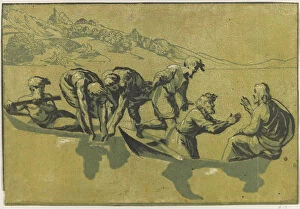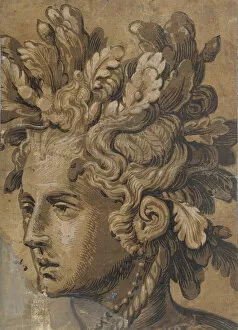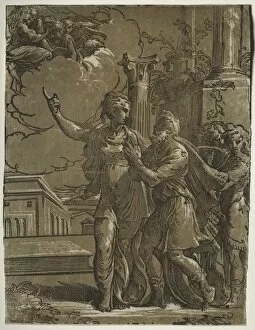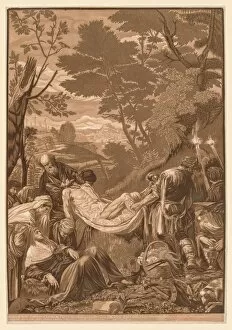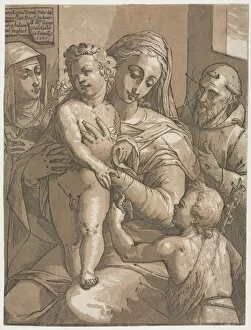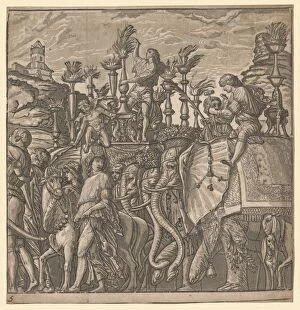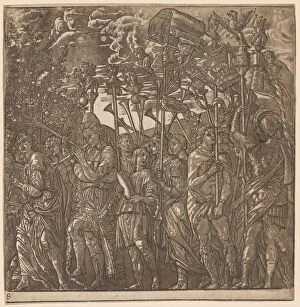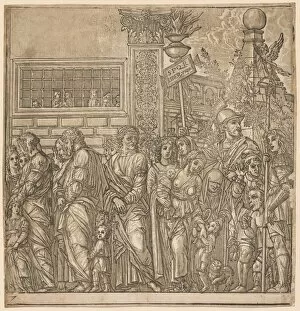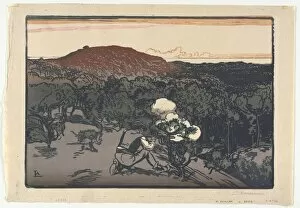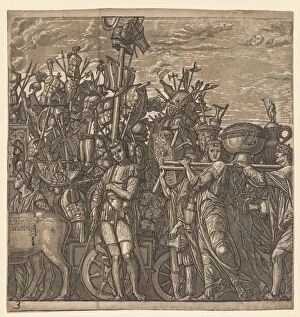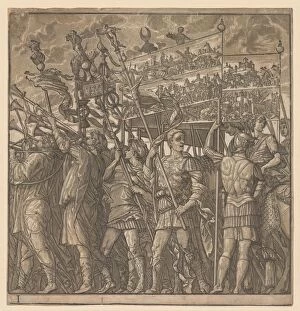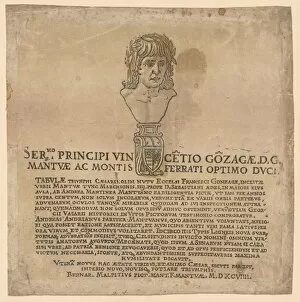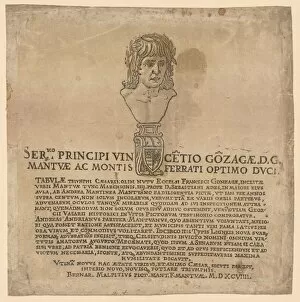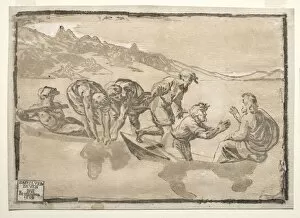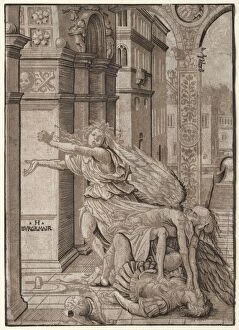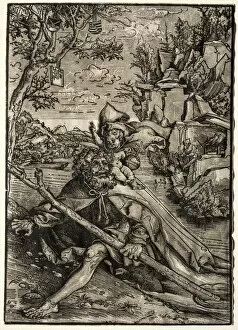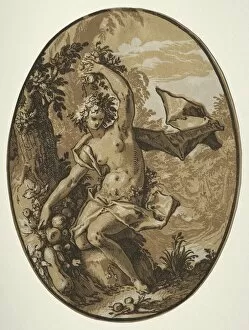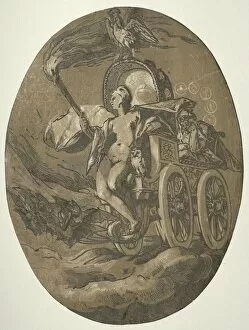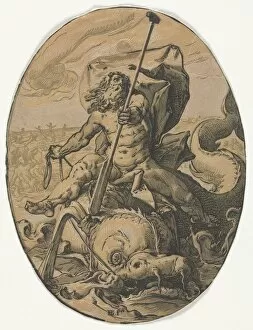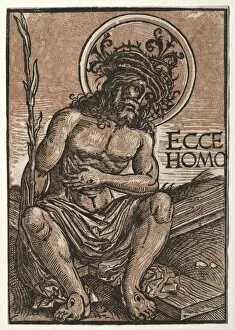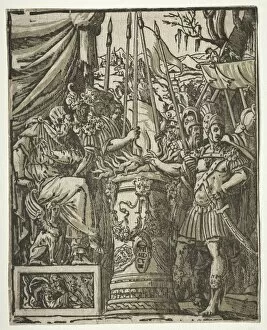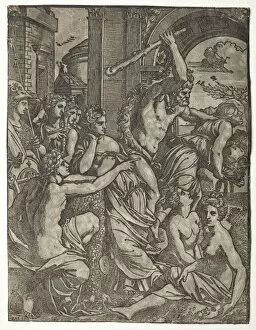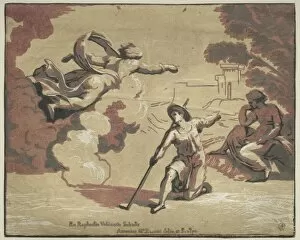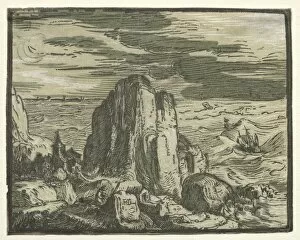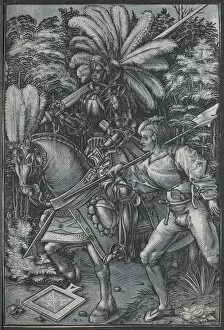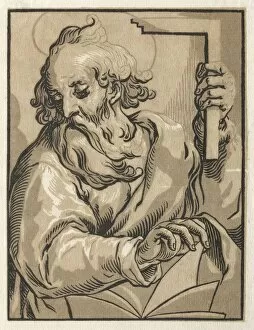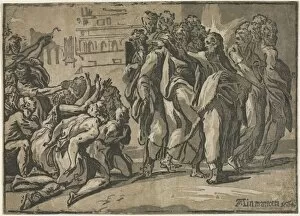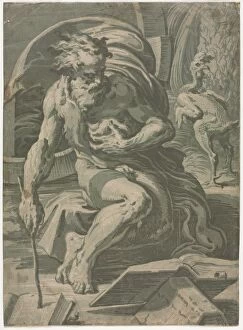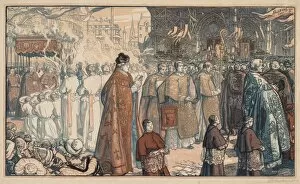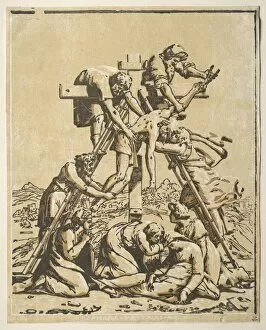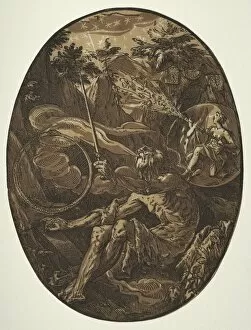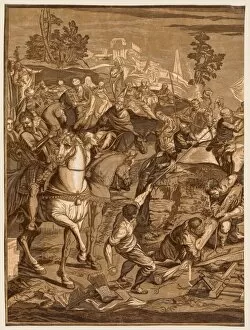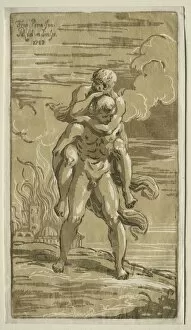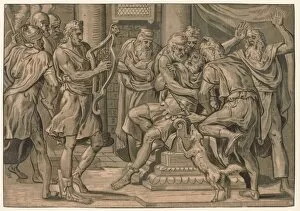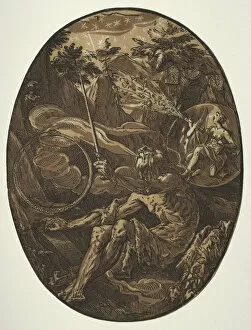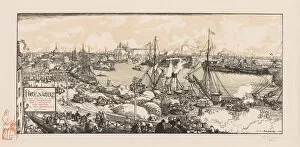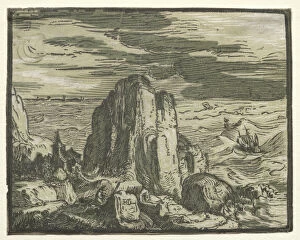Chiaroscuro Woodcut Collection (#2)
"Exploring the Enigmatic World of Chiaroscuro Woodcut: A Journey through Time and Art" Step into a world where light and darkness intertwine
For sale as Licensed Images
Choose your image, Select your licence and Download the media
"Exploring the Enigmatic World of Chiaroscuro Woodcut: A Journey through Time and Art" Step into a world where light and darkness intertwine, revealing captivating narratives etched onto wood. The chiaroscuro woodcuts created by Hans Wechtlin in the early 16th century transport us to an era of artistic innovation and storytelling. One such masterpiece is "Pyramus and Thisbe, " dating back to around 1510. Through intricate lines and contrasting shades, Wechtlin brings to life the tragic love story of these ill-fated lovers from ancient mythology. In "The Body of Christ Carried by Angels towards Heaven" (1516), we witness a profound depiction of divine ascension. The interplay between light illuminating the celestial beings and shadows enveloping their surroundings evokes a sense of ethereal beauty. Wechtlin's rendition of Adam and Eve in both 1519 and 1511 showcases his mastery over this technique. These woodcuts capture pivotal moments in biblical history, highlighting the contrast between innocence bathed in light before the fall, juxtaposed with guilt shrouded in darkness after their transgression. "The Fall of Mankind" (1511) delves deeper into humanity's descent from grace, emphasizing chiaroscuro's ability to evoke emotions through its stark contrasts. It serves as a reminder that even within our darkest moments, there is always hope for redemption. Jan Lievens' "Bust of a Man, " crafted during the 17th century using similar techniques, demonstrates how chiaroscuro continued to captivate artists across generations. The play between light on one side illuminating facial features while casting mysterious shadows on others adds depth to this enigmatic portrait. Religious themes persist throughout this collection with Saint Sebastian (1514) embodying martyrdom amidst dramatic lighting effects.

